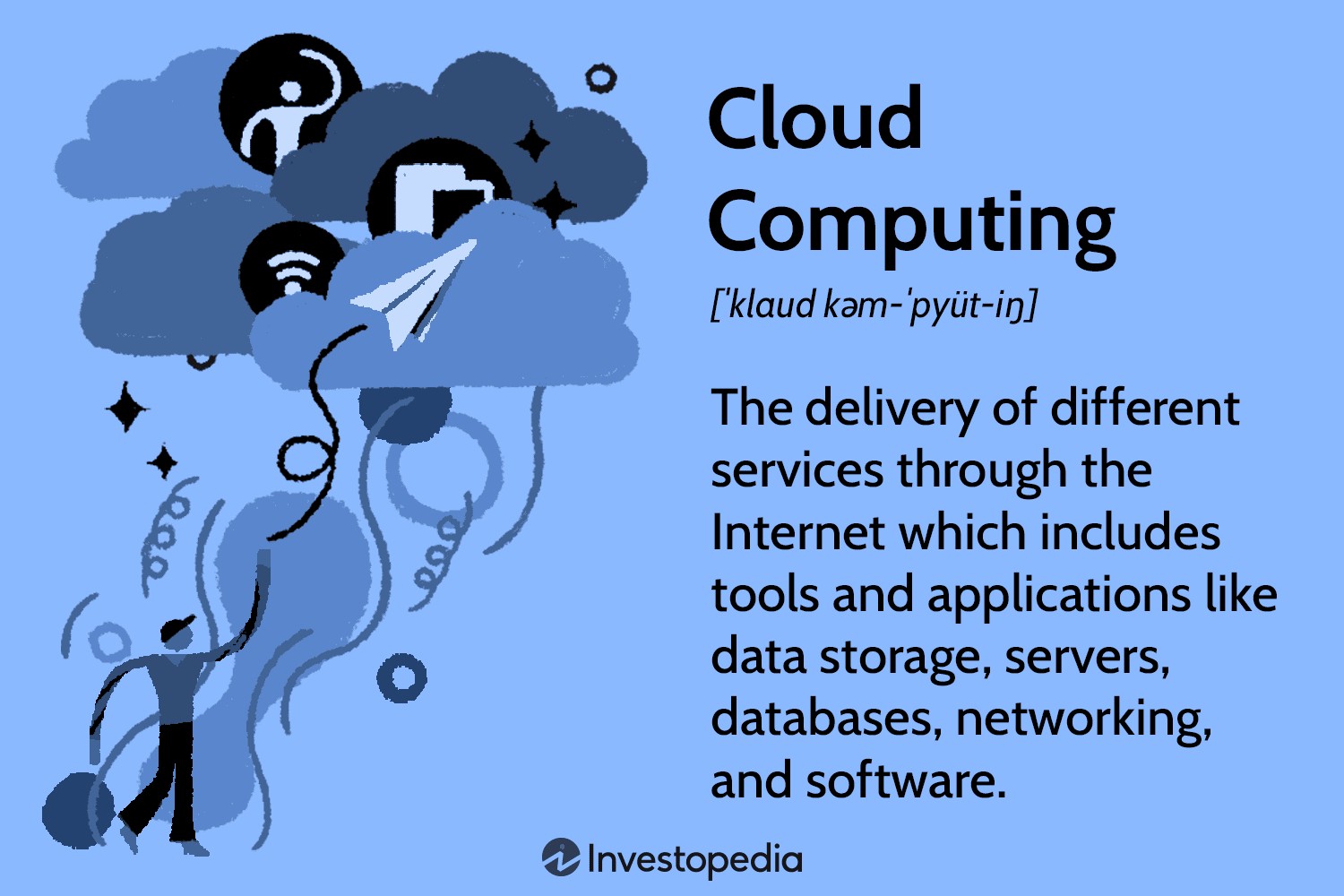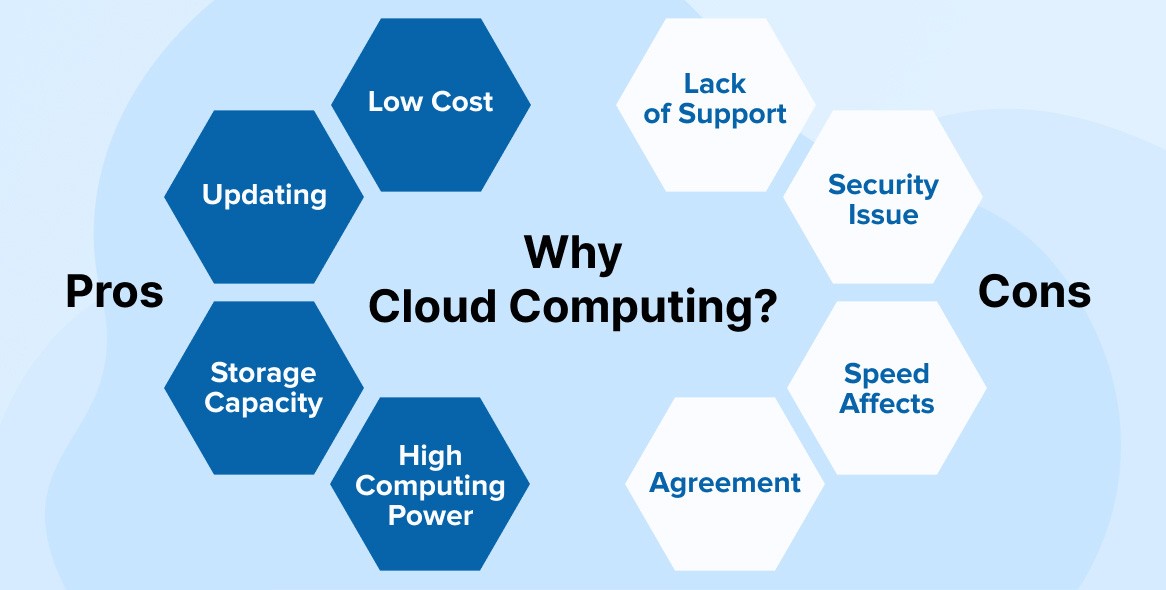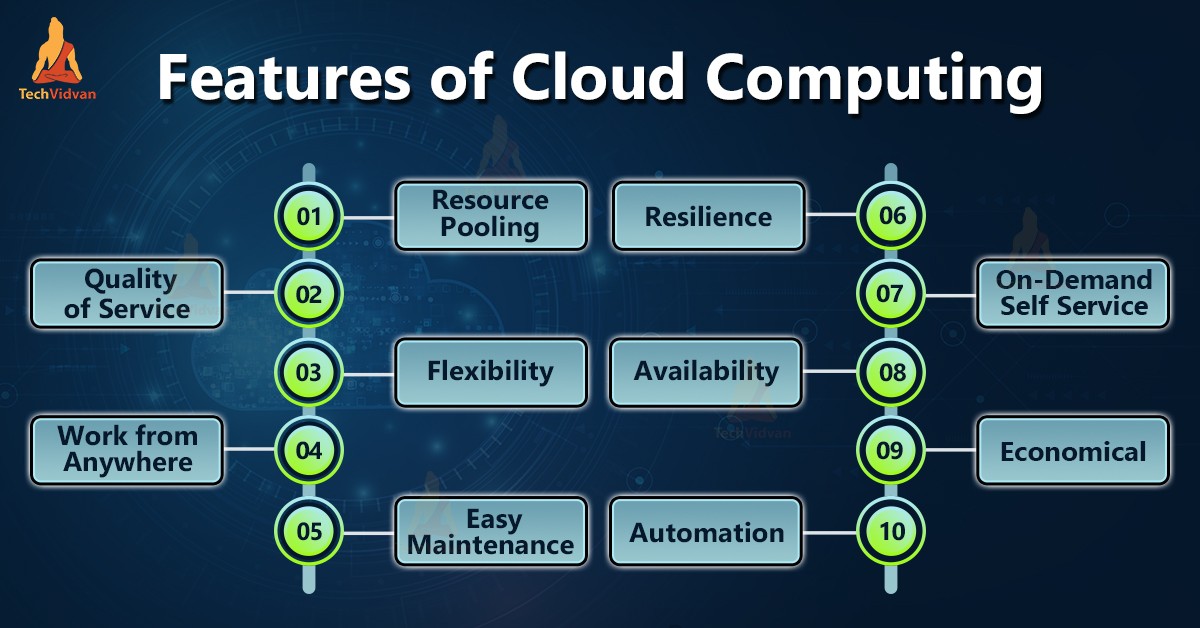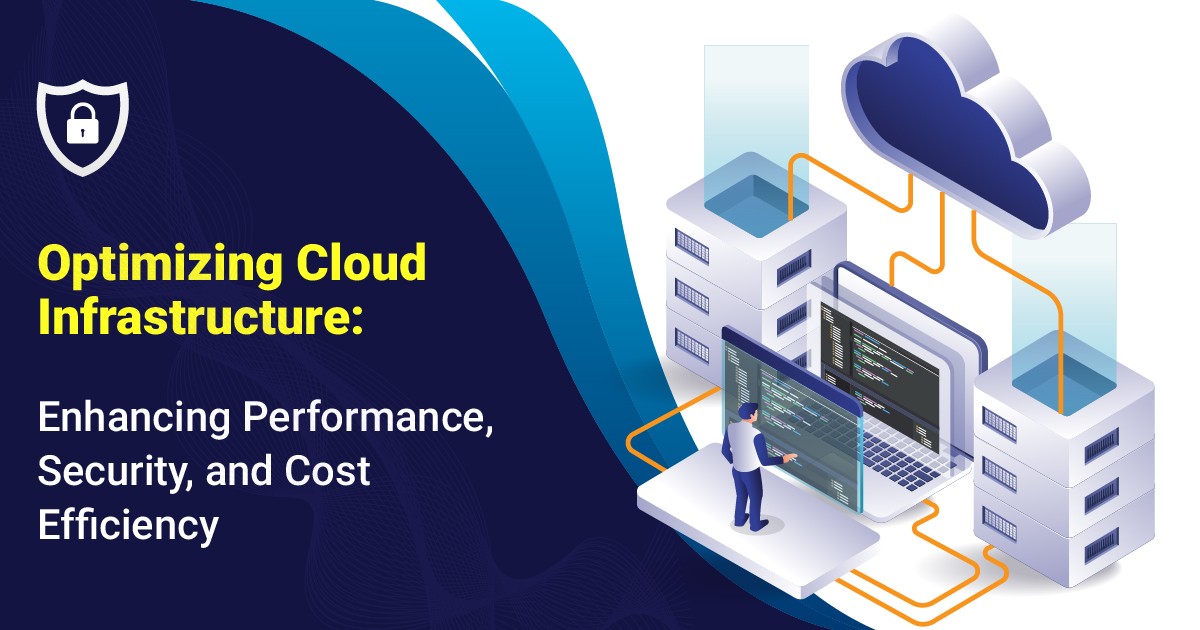Summary
The Cloud Advantage in Web Development
In an era where agility and efficiency are paramount, cloud-based web development services stand out as pivotal for businesses aiming to stay competitive.
This article provides a comprehensive look into these services, highlighting their ability to streamline operations, reduce costs, and enhance collaboration.
As we navigate through the intricacies of cloud solutions, readers will gain firsthand insights into selecting the right service, understanding the associated benefits, and learning from success stories within the industry.
Tailored for both IT personnels and Entrepreneurs, this piece serves as a guide to harnessing the power of the cloud in web development.

Understanding Cloud-Based Web Development
The shift to cloud-based web development represents a transformative leap from traditional hosting and development practices.
This approach leverages the power of cloud computing to offer developers a flexible, scalable, and efficient environment for creating and managing websites and applications.
By harnessing the cloud, developers can access a suite of tools and services that streamline the development process, enhance collaboration, and ensure that their digital offerings are robust and responsive to the ever-changing demands of the market.
In the following content, we will explore the core concepts of cloud-based web development, its distinct advantages over traditional models, and the reasons why it has become an indispensable tool for modern developers.

Advantages of Cloud-Based Services
The transition to cloud-based web development services brings a host of benefits that cater to the needs of modern businesses and developers.
Here, we’ll delve into the key advantages that make cloud services a compelling choice for web development projects.
Scalability and Flexibility
Cloud services excel in providing on-demand resources, allowing businesses to scale up or down with ease.
This means that as your website or application grows in popularity, you can seamlessly adjust your resource allocation to handle increased traffic and data without any downtime.
Cost-Effectiveness
With a pay-as-you-go pricing model, cloud-based services eliminate the need for significant upfront investments in hardware and infrastructure.
Businesses can save on costs associated with maintenance, upgrades, and energy consumption, paying only for the resources they use.
Enhanced Collaboration
Cloud platforms offer tools that enable real-time collaboration among team members, regardless of their location.
This fosters a more dynamic and efficient development process, as updates and changes can be made instantaneously and are immediately accessible to all stakeholders.
Reliability and Uptime
Renowned for their robust infrastructure, cloud service providers offer high availability and redundancy.
This translates to better uptime for your web applications, ensuring that your services remain accessible to users around the clock.
Security and Compliance
Leading cloud providers invest heavily in security measures and compliance certifications, offering a secure environment for your web development needs.
This includes regular updates, threat monitoring, and adherence to industry standards, giving businesses peace of mind.
Eco-Friendly
Cloud services contribute to a greener environment by optimizing resource usage and reducing the carbon footprint associated with traditional data centers.
This aligns with the growing trend of eco-conscious business practices.
By leveraging these advantages, businesses can not only improve their web development outcomes but also align with modern expectations of efficiency, sustainability, and innovation.

Key Providers of Cloud-Based Web Development Services
When it comes to cloud-based web development, several major players dominate the market. Let’s delve into the key providers and understand their offerings:
Amazon Web Services (AWS)
- Overview: AWS is a pioneer in cloud services, offering a comprehensive suite of tools for web development. Their services cover everything from hosting to databases, machine learning, and content delivery.
- Unique Selling Points (USPs):
- Elastic Compute Cloud (EC2): Scalable virtual servers that allow developers to deploy applications quickly.
- Lambda: Serverless computing for event-driven applications.
- S3: Object storage for static files and media.
- Use Cases: Ideal for startups, enterprises, and developers seeking a wide range of services.
Google Cloud Platform (GCP)
- Overview: GCP provides a robust infrastructure with global data centers. Their services emphasize machine learning, analytics, and container orchestration.
- USPs:
- Google App Engine: PaaS for building and deploying applications.
- Kubernetes Engine: Managed Kubernetes clusters.
- BigQuery: Data analytics at scale.
- Use Cases: Well-suited for data-intensive applications, AI/ML projects, and businesses leveraging Google Workspace.
Microsoft Azure
- Overview: Azure offers a comprehensive cloud ecosystem, seamlessly integrating with Microsoft products. Their services span compute, storage, databases, and AI.
- USPs:
- Azure Functions: Serverless compute for event-driven scenarios.
- Azure DevOps: Tools for continuous integration and delivery.
- Azure Cognitive Services: APIs for natural language processing, vision, and speech.
- Use Cases: Enterprises, hybrid cloud solutions, and organizations invested in Microsoft technologies.
IBM Cloud
- Overview: IBM Cloud focuses on enterprise-grade solutions, emphasizing security and compliance. Their services include IaaS, PaaS, and SaaS offerings.
- USPs:
- IBM Cloud Foundry: Platform for building, deploying, and managing applications.
- Watson Services: AI and machine learning capabilities.
- Red Hat OpenShift: Kubernetes-based container platform.
- Use Cases: Enterprises with complex requirements, regulated industries, and hybrid cloud strategies.
Oracle Cloud Infrastructure (OCI)
- Overview: OCI provides high-performance cloud services, particularly suited for database workloads. Their services include compute, storage, and networking.
- USPs:
- Oracle Autonomous Database: Self-driving, self-securing database service.
- OCI Container Engine for Kubernetes: Managed Kubernetes service.
- Exadata Cloud Service: High-performance database platform.
- Use Cases: Businesses relying on Oracle databases, large-scale applications, and data-intensive workloads.
Remember that each provider has its strengths and weaknesses, so choosing the right one depends on your specific project requirements, budget, and long-term strategy.
Evaluate their offerings, pricing models, and support options to make an informed decision.

Choosing the Right Cloud-Based Web Development Service
Selecting the appropriate cloud-based web development service is crucial for the success of your project. We will guide you through the key factors to consider when making your decision.
Assessing Project Requirements
Begin by outlining the specific needs of your project. Consider the scale, the expected traffic, data storage needs, and the technologies you plan to use.
This will help you determine the type of cloud services—such as IaaS, PaaS, or SaaS—that best fit your project.
Security and Compliance
Security is paramount, especially when handling sensitive user data. Look for providers that offer robust security features, including data encryption, firewalls, and compliance with regulations like GDPR or HIPAA, which are particularly relevant if you’re serving customers in the United States, Europe and Canada.
Pricing and Cost Management
Understand the pricing structure of each service provider. Some may offer a flat-rate subscription, while others might have a pay-as-you-go model.
Consider the long-term costs and how they align with your budget. Use cost calculators provided by the cloud services to estimate expenses.
Performance and Reliability
Evaluate the performance benchmarks of the providers. Check their service level agreements (SLAs) for uptime guarantees.
Research customer reviews and test the services if possible to ensure they meet your performance expectations.
Customer Support and Community
Good customer support can be invaluable. Consider the level of support offered by the provider, including the availability of resources, documentation, and community forums. A strong developer community can provide additional support and insights.
Scalability and Integration
Ensure that the service can scale with your business. It should integrate seamlessly with your existing tools and workflows.
Providers that offer a range of integrations and APIs will give you more flexibility as your needs evolve.
Vendor Lock-in and Portability
Be wary of vendor lock-in, where it becomes difficult to migrate to another service. Look for providers that support open standards and offer data portability, allowing you to keep your options open for the future.
By carefully considering these factors, you can choose a cloud-based web development service that not only meets your current needs but also supports your growth and adapts to future challenges.

Real-World Applications and Success Stories
Case Study 1: Netflix
- Background: Netflix, the popular streaming service, relies heavily on cloud-based web development. Their platform serves millions of users globally, necessitating scalability, reliability, and rapid deployment.
- Cloud Solution: Netflix uses Amazon Web Services (AWS) for its cloud infrastructure. AWS provides the necessary scalability to handle peak traffic during popular shows or movie releases.
- Success Story: During the release of a highly anticipated series, Netflix experienced a surge in viewership. Thanks to AWS’s auto-scaling capabilities, they seamlessly handled the increased load without any service disruptions. This success story showcases how cloud-based services can empower entertainment giants.
Case Study 2: Slack
- Background: Slack, the collaboration and communication tool, needed a robust infrastructure to support its real-time messaging service.
- Cloud Solution: Slack chose Google Cloud Platform (GCP) for its reliability, global reach, and performance. GCP’s data centers ensure low-latency communication across the globe.
- Success Story: Slack’s uptime and responsiveness are critical for users. By leveraging GCP’s distributed architecture, they achieved impressive reliability, even during peak usage hours. Slack’s seamless experience owes much to cloud-based services.
Case Study 3: NASA’s Jet Propulsion Laboratory (JPL)
- Background: JPL manages space exploration missions, including the Mars Rover program.
- Cloud Solution: JPL utilizes Microsoft Azure for its data-intensive tasks. Azure’s powerful computing capabilities allow JPL to process vast amounts of data from space probes and satellites.
- Success Story: During the Mars Rover landing, Azure handled the influx of telemetry data, enabling real-time analysis. Azure’s scalability and security ensured mission success. JPL’s reliance on cloud services exemplifies their impact beyond Earth.
Case Study 4: Dropbox
- Background: Dropbox, the file-sharing and storage service, needed a reliable and scalable infrastructure.
- Cloud Solution: Dropbox initially used its own data centers but later migrated to AWS. AWS’s global presence and robust storage services allowed Dropbox to focus on its core product.
- Success Story: The migration to AWS improved performance, reduced costs, and allowed Dropbox to expand globally. Their success demonstrates how cloud-based services can transform storage and collaboration.
These real-world examples highlight the versatility and impact of cloud-based web development services.
Whether it’s streaming entertainment, enhancing collaboration, exploring space, or simplifying file sharing, the cloud plays a pivotal role in shaping our digital experiences.

Future Trends and Developments in Cloud-Based Web Development
As cloud-based web development continues to evolve, several exciting trends are shaping the future of the industry. Let’s explore what lies ahead:
Serverless Architectures
- Serverless computing, also known as Function as a Service (FaaS), is gaining prominence. Developers can focus on writing code without managing servers. Expect more services and tools that simplify serverless deployment.
Edge Computing
- Edge computing brings computation closer to the data source (e.g., IoT devices, mobile devices). Cloud providers are expanding their edge services, enabling real-time processing and reducing latency.
Hybrid and Multi-Cloud Strategies:
- Organizations are adopting hybrid cloud models, combining public cloud services with on-premises infrastructure. Multi-cloud strategies involve using multiple cloud providers for different workloads. Tools for seamless integration and management will be crucial.
AI and Machine Learning Integration
- Cloud platforms are integrating AI and ML services. Developers can leverage pre-trained models for natural language processing, image recognition, and predictive analytics. Expect more user-friendly APIs and tools.
Containerization and Kubernetes
- Containers (e.g., Docker) simplify application deployment and ensure consistency across environments. Kubernetes, an open-source container orchestration platform, will continue to dominate for managing containerized applications.
Quantum Computing in the Cloud
- While still in its infancy, quantum computing is making strides. Cloud providers are exploring ways to offer quantum services, allowing developers to experiment with quantum algorithms.
Enhanced Security and Compliance
- Cloud providers will invest in advanced security features, including zero-trust architectures, encryption, and threat detection. Compliance certifications will remain critical for businesses.
Serverless Databases
- Beyond compute, serverless databases (e.g., Amazon Aurora Serverless) will become more prevalent. These databases automatically scale based on demand, reducing operational overhead.
Green Cloud Computing
- Environmental consciousness will drive cloud providers to optimize energy usage and reduce waste. Expect more sustainable practices and eco-friendly data centers.
Blockchain Integration
- Cloud platforms will explore integrating blockchain services for secure transactions, supply chain management, and decentralized applications.
In summary, cloud-based web development will continue to innovate, empowering developers with tools that enhance productivity, security, and scalability.
As businesses embrace digital transformation, staying informed about these trends will be essential for success.
References:
The insights and analyses presented in this article are enriched by the contributions of various experts. For further information and detailed perspectives, please refer to the following sources:
Microsoft Azure Developer Guides
Get Started With IBM Cloud Solutions













